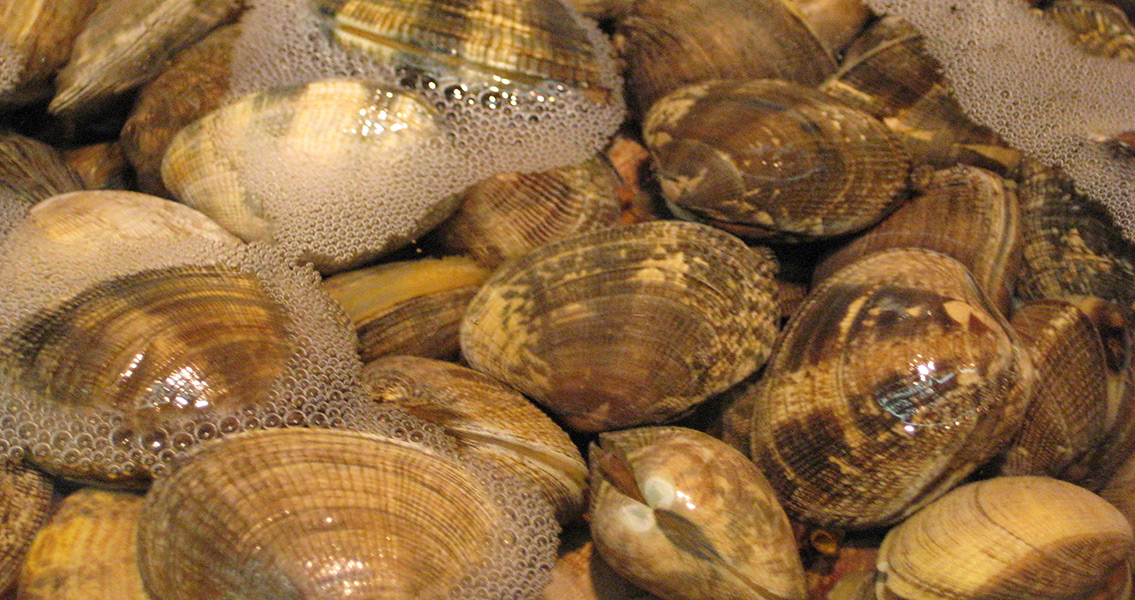<![CDATA[Clams are a common food item with a fascinating history. Clam gardens are areas where these bivalve molluscs thrive and have long been a source of food for humans. New research has shown that clam gardens are not necessarily naturally-occurring environments. In fact, ancient human societies may have created these gardens to supplement their food intake. Dana Lepofsky, archaeologist at Simon Fraser University, and an interdisciplinary team have been examining ancient clam gardens along North America's Pacific Northwest coastline. Their research, published in the recent edition of American Antiquity, reveals some rather intriguing information. It appears that the native inhabitants of America's Northwest coast did not just gather the ocean's natural bounty. Instead, from Alaska to Washington State, ancient farmers cultivated clam gardens to ensure large and sustainable marine harvests. Lepofsky and her team managed to date the stone terraces which create the clam beaches. The beaches, the team revealed, were at least 1,000 years old and, quite possibly, much older than that. In many places, clam gardens had been built on bedrock; these conditions created ideal environments for clams where before they had not been abundant. Lepofsky and her team argue that we should not view America's First Nations as living in wild and uncultivated environments. Rather, they adapted the landscape around them in order to maximise resources. "While there is increasing recognition among archaeologists of the extent to which non-agricultural societies have managed their terrestrial ecosystems," the team wrote, "the traditional management of marine ecosystems has largely been ignored." It appears that the indigenous inhabitants of northwest America were rather advanced in their cultivation of marine environments. "We think that many Indigenous peoples worldwide had some kind of sophisticated marine management, but the Pacific Northwest is likely one of the few places in the world where this can be documented," said Lepofsky. "This is because our foreshores are more intact than elsewhere and we can work closely with Indigenous knowledge holders." From the team's analysis of the gardens, it appears that the indigenous inhabitants of Alaska and Washington State managed clam beaches using a variety of techniques. Small clams were replanted in the most suitable environment and rock terrace walls were built at the low-tide line, creating calm clam gardens. The team took an interdisciplinary approach, using linguistic data, oral traditions and memories, geomorphological surveys, archaeological techniques and ecological experiments to reach their conclusions. Analysis of the clam gardens was particularly difficult as many are only visible for about 72 daylight hours a year. "Understanding ancient marine management is relevant to many current issues," Lepofsky explained. Lepofsky and her team are comparing clam garden productivity with modern aquacultural techniques. They hope to analyse whether the shell-rich beaches which form near clam gardens help to stem the tide of increasing ocean acidification. The team are also planning to build experimental clam gardens using traditional cultivation techniques learned from First Nations collaborators, with a view to increasing the levels of sustainable food production today. For more information: www.saa.publisher.ingentaconnect.com Image courtesy of Wikimedia Commons user: Rotatebot]]>
Ancient Americans Cultivated Clams
